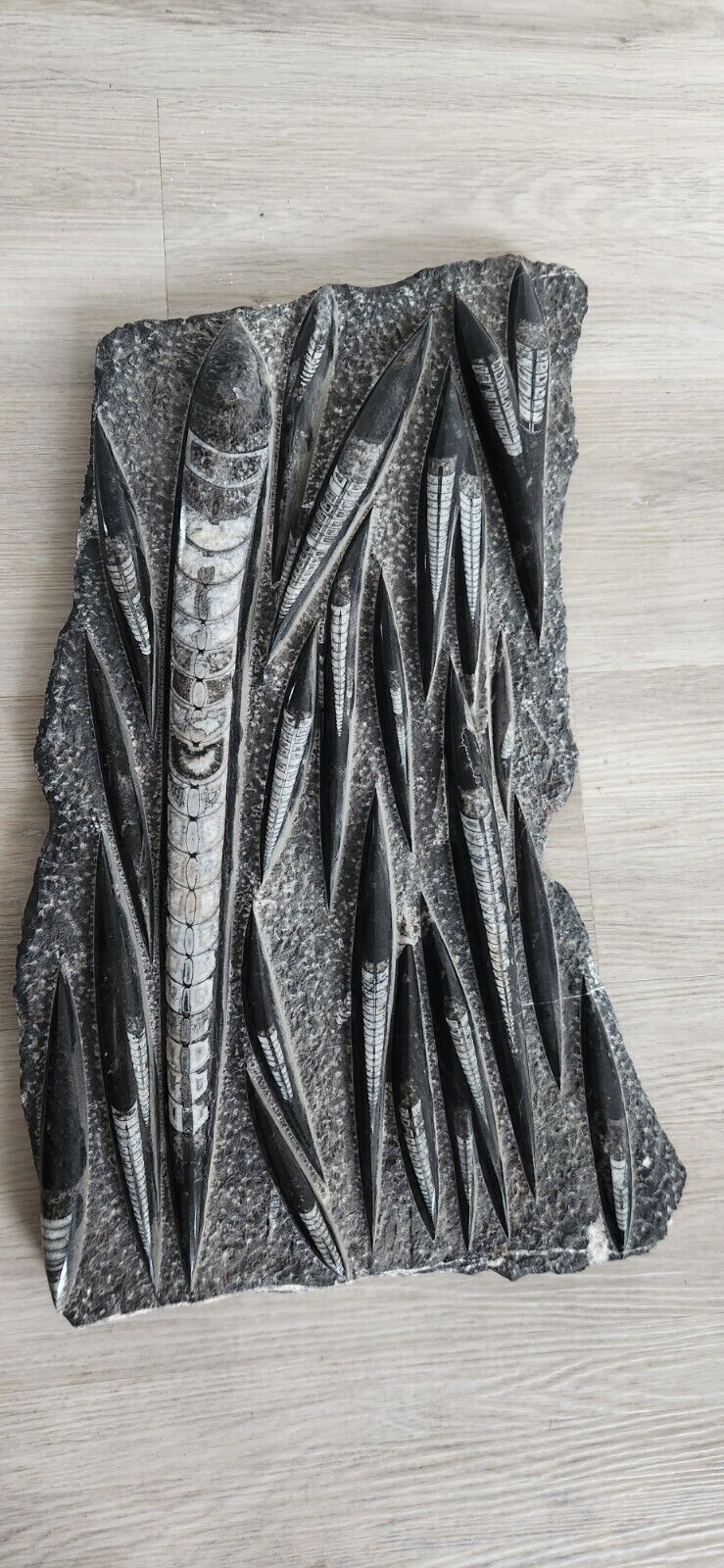-40%
A carefully excavated crinoid fossil showing great detail in the stalk and roots
$ 171.6
- Description
- Size Guide
Description
A carefully excavated crinoid fossil showing great detail in the stalk and roots.Specimen Measurements: Crinoid: 3", Plate: 3-1/4"
Time Period: Mississippian, 250 million years ago
Location: Edwardsville Formation, Montgomery County, Indiana
More Information
Crinoids are plant-like sea creatures that root themselves underwater with stalks. Extending from these stalks is a strangely shaped head, or calyx, which thrusts a network of feeding tubes into the ocean current to grab tiny organisms to feed on. They often resemble flowers planted in the sea floor, giving them their name from the Greek word for "lilly."
They are remarkably adaptable animals, beginning life some 530 million years ago with hundreds of species surviving to this day all over the world. The class Crinoidea had expanded into more than 10,000 different species by the Mississippian Epoch, between 320 and 360 millon years ago, marking it as one of the most abundant forms of marine life at the time.
During the Mississippian, a warm and shallow coral sea teeming with Crinoids covered what is now Indiana and Illinois. The remains of the Crinoids that lived and died here over the ages became fossiliferous limestone.
Those interested in seeing the remnants of these bizarre creatures can collect the disk-like sections of their stems wash up on the southern beaches of Lake Michigan. More rarely, complete examples of more than 60 different species of Crinoid can be found in Montgomery County, Indiana. Specimens from this area are prized by collectors for their excellent preservation and fine detail.









